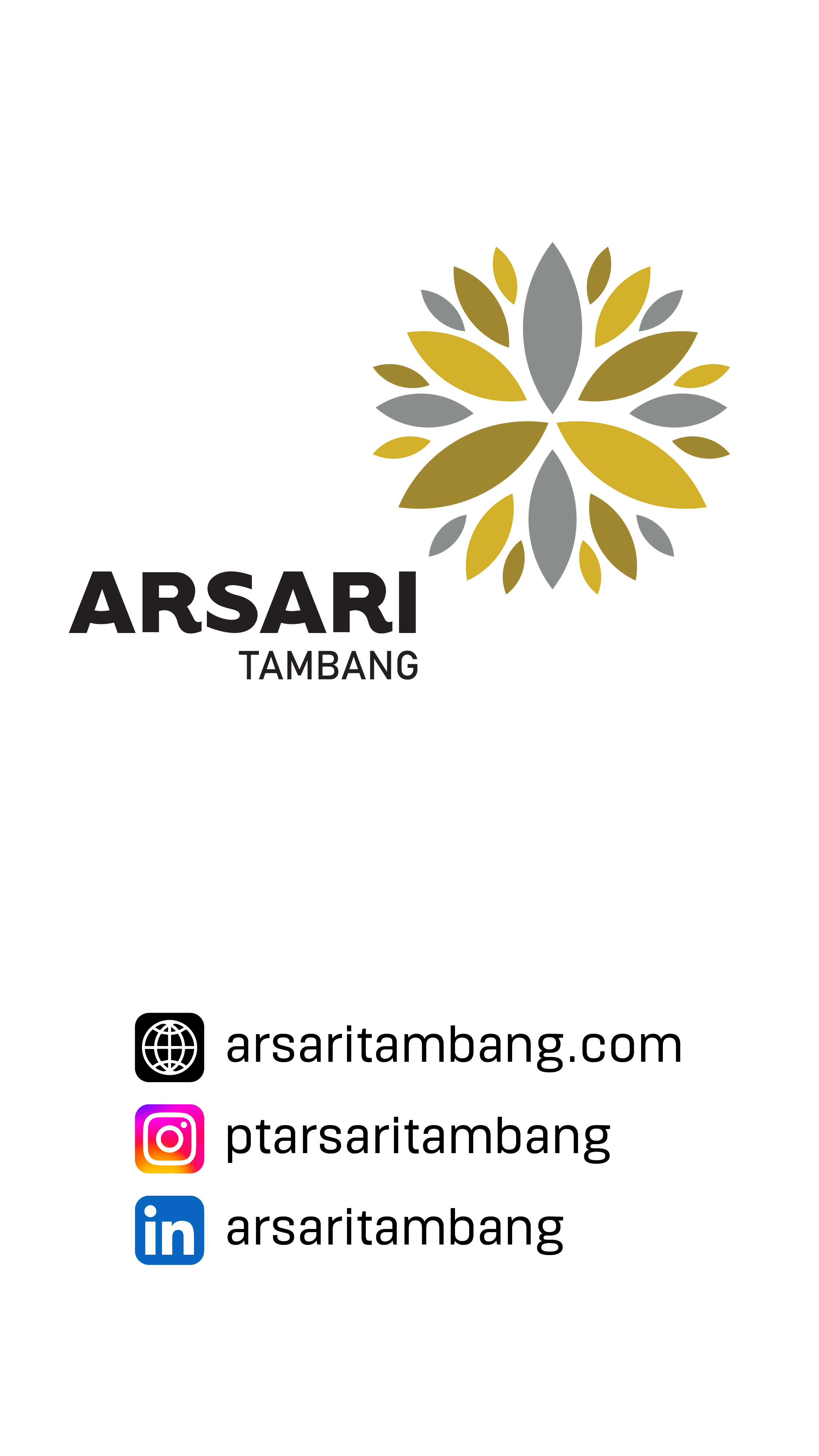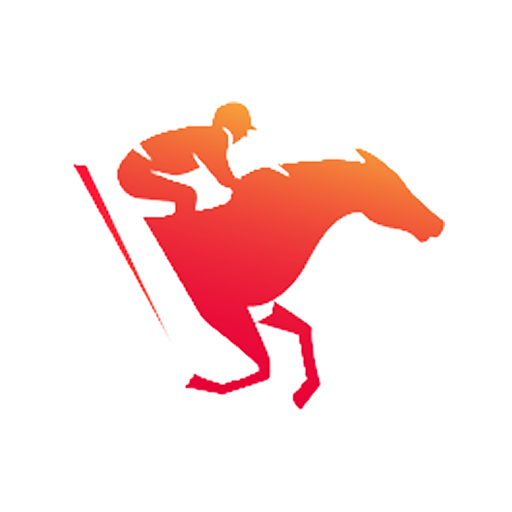


SARGA.CO—The vibrant colors of jockey helmets may seem simple on the track, but each color holds a long and fascinating story. From their classic history to their crucial role in modern horse racing, these helmets are more than just a piece of equipment. Let's delve into the full details.
When a line of racehorses and their jockeys compete on the track, one piece of equipment always catches the eye besides the colorful silks (the jockeys' silk shirts), the helmet. This small item isn't just an accessory; it's a vital part of a jockey's identity and protection.
While today's jockey helmets are designed for safety, their history is much longer. According to The Dictionary of Fashion History, the first jockey helmets were made of velvet, complete with a visor and a chin strap.
By the 19th century, their design evolved to be lighter, using silk materials. At that time, the helmets began to function not only as protection but also as a symbol. The colors and patterns used provided identity, representing the horse's stable or owner.
As safety regulations became more stringent, the modern jockey helmet was designed to be slightly larger to cover a protective safety helmet underneath. The helmets we see today are a combination of long-standing tradition and technological innovation for safety on the track.
This is where the role of colors and patterns becomes even more important. Citing The Jockey Club, the tradition of using silks with unique colors and patterns has been a practice in Europe for over 500 years.

Patterns like stars, stripes, or circles weren't just for decoration; they were officially registered to ensure no two horse owners had the same design. The jockey's helmet was then made to match the color of the silk.
This was done to make it easier for spectators and commentators to identify the racing horses. Some combinations have even become iconic, allowing horse racing fans to recognize the owner with just a single glance. This helps them focus on supporting their favorite jockey and horse.
Just as international horse racing has official rules regarding the colors of a jockey's shirt and helmet, Indonesia has similar regulations. PORDASI (Persatuan Olahraga Berkuda Seluruh Indonesia), through its Race Commission, determines the color of the jockey's helmet based on the saddle number.

In addition to the helmet, the Race Commission also sets a standard for jockey shirt colors, with a total of 12 options for both.
Here is the list of standard PORDASI helmet colors based on saddle number:
This system makes identifying jockeys on the track faster, allowing spectators to find the position of their favorite jockey quickly.
The rules for jockey shirt colors in Indonesia generally follow international standards. According to the National Race Championship Regulations and Implementation Guidelines (Chapter XXIII), every horse owner or stable has the right to have their own shirt, provided that the color and symbol are not the same or similar to those already registered.
The authority to approve or deny a design belongs to the Race Commission or the Board of Stewards. If there are any changes to the shirt's design or color, the owner must report it and obtain official approval from the Race Commission.
For those new to horse racing, the different colors of jockey helmets often spark curiosity. To answer this question, the SARGA.CO team spoke with Recky Tuwo, a horse racing judge.
Ricky explained that stewards and spectators often find it difficult to see the horse's saddle number, which is a primary identifier for each participant in a race.
"The saddle number can sometimes be unclear, especially when horses are running close together. That's why the colorful jockey helmets help distinguish the horses," he said.
That's why, in every race with a maximum of 12 horses, each jockey wears a pre-assigned helmet of a different color.
According to Recky, spectators, commentators, and officials need to memorize these helmet colors as a means of identifying each horse's saddle number. This color standardization also makes it easier for them to quickly recognize a horse or jockey without relying on other, more complex details.
Beyond their practical function, these colors add visual energy to horse racing. Each color indirectly creates a sense of dynamism, emphasizes rivalry, and adds to the spectacle. On the track, every helmet is not just part of a jockey's uniform; it's part of the larger story of equestrian sport.
Stay updated on the latest horse racing news only at SARGA.CO, and follow the excitement on Instagram (@sarga.co), X (@sarga_co), TikTok (@sarga.co), YouTube (Sarga. Co), Facebook (Sarga.co), and the website news.sarga.co.






















































Install SARGA.CO News
sarga.co